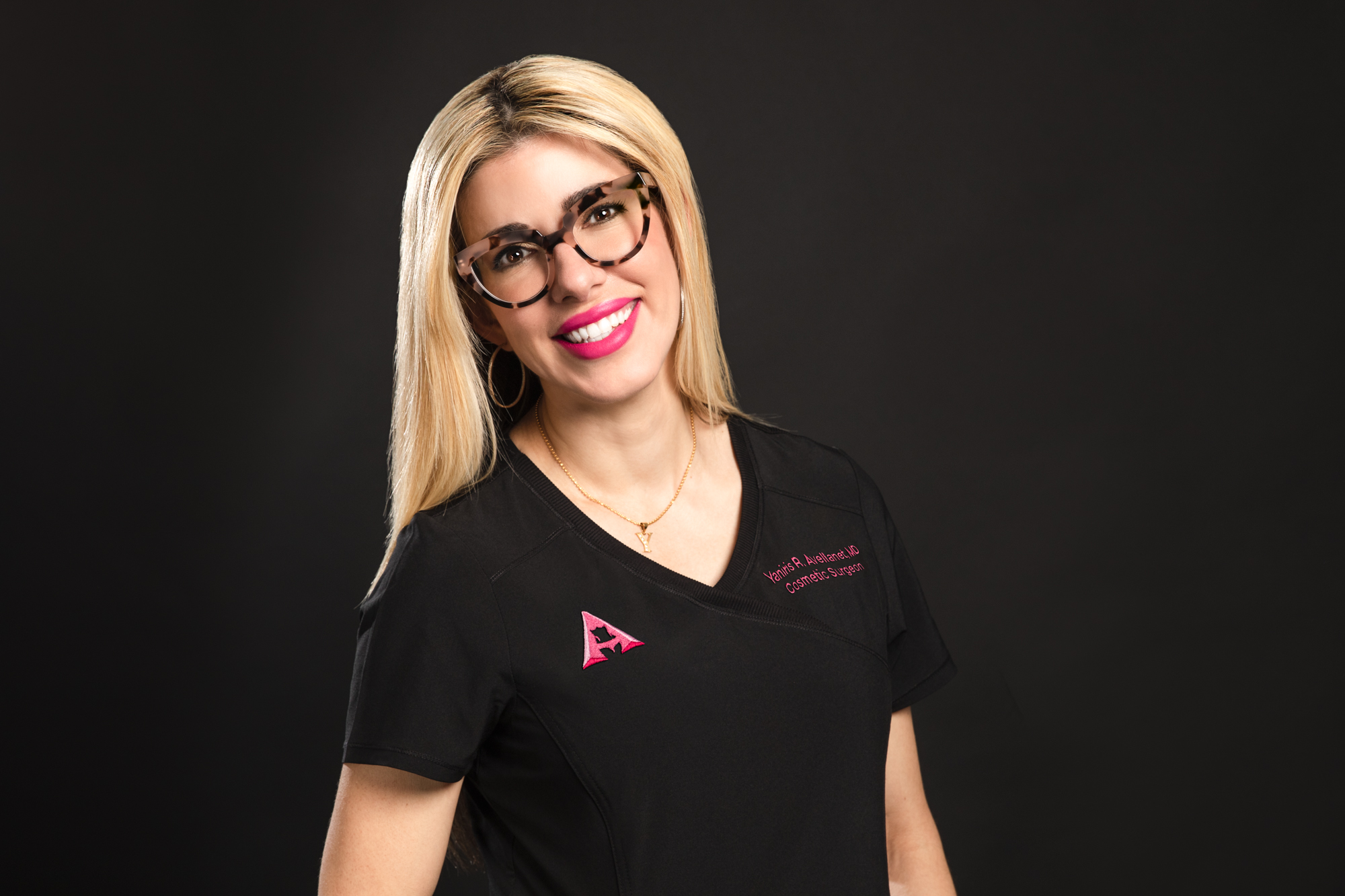
Advances in instrumentation, techniques and devices have taken liposuction into a new era.
What is a liposuction cannula? What is it used for? Why is it important to understand the difference between a cannula and a needle? Why is it important to refer to a cannula as a cannula, specially during a surgery with a patient awake?
Pearls of history: The origin of liposuction can be traced to 1921 when Dujarrier used a uterine curette to remove fat from the knees of a ballerina ending in an amputation secondary to damage of the femoral artery. The history of liposuction since then has been one of avoiding complications and optimizing outcomes. In the 1960’s, Schrudde revived the practice using small stab incisions and sharp curettage with secondary suction to aspirate the freed tissue. This technique was associated with a high incidence of complications especially seroma and skin necrosis. Illouz then replaced the curette with a blunt cannula connected to a vacuum pump thus avoiding the complications of a sharp curette. The blunt cannula liposuction technique then became the global standard of care for liposuction. Liposuction is generally a safe procedure with reproducible outcome and just like any surgical procedure, it should be treated with the utmost care. (Illouz 2014)
Nomenclature of a liposuction cannula: A liposuction cannula is a blunt tip instrument used during a liposuction procedure. There is a wide variety of liposuction cannulas with different designs, sizes, lengths, and indication of use. Liposuction cannulas include: infiltration cannulas, suction or fat harvesting cannulas and injection or fat transfer cannulas.
An infiltration cannula is used during the initial tumescent anesthesia part of a liposuction surgery; it’s usually thin and with multiple openings at the tip allowing for the liquid tumescent anesthesia to be infiltrated by evenly spraying the solution into the tissue.
A suction or fat harvesting cannula is used to extract the fat from the tissue. There is a variety of designs, lengths and gauges and the choice of use will depend on several factors such as the end purpose of the surgery and the anatomical areas to be treated, among others. In other words, as an example, the cannula used for harvesting fat from the inner thighs to transfer to the face in a patient awake will be different from the cannula used for liposculpting with etching of a full abdomen in an awake patient.
An injection or fat transfer cannula is used to transfer fat after suctioning. These cannulas tend to have one opening at the tip and the length and gauge will depend on the area to be treated by fat. Other factors to consider in the selection of the appropriate fat transfer cannula are: the cannula used for fat harvesting, the anatomical area of the body from where the fat was extracted and the use of laser technology, among others.
The importance of understanding the difference between a cannula and a needle is based on patient safety and tissue preservation. A cannula is a blunt tip instrument which usually causes less damage to the tissue; a needle is usually a sharp, cutting tip instrument which is more aggressive to the integrity of the tissue. There is a learning curve for the use of a blunt cannula but with appropriate training and experience of use, one can acquire a high level of confidence in its use, contributing to the patient’s safety.
It is of critical importance for the cosmetic specialist to understand the type of instrument he/she is working with and to refer to it in the correct way. During surgery with an awake patient, it is not unusual for the patient to somewhat panic at the site of a long instrument and refer to it as a “huge needle”, but by quickly reassuring her/him that it is a cannula with a blunt tip and not a needle, the patient’s anxiety can quickly decrease, as safety and comfort will remain the cosmetic specialist’s priority. A liposuction cannula is a magic wand in the hands of the cosmetic specialist, an instrument designed and intended to cause minimal tissue damage maintaining patient safety, while providing the patient with beautiful and acceptable results that will make her/him feel more secure and beautiful with her/himself and increasing her/his self-esteem. Connect with us at dravellanet.com.



